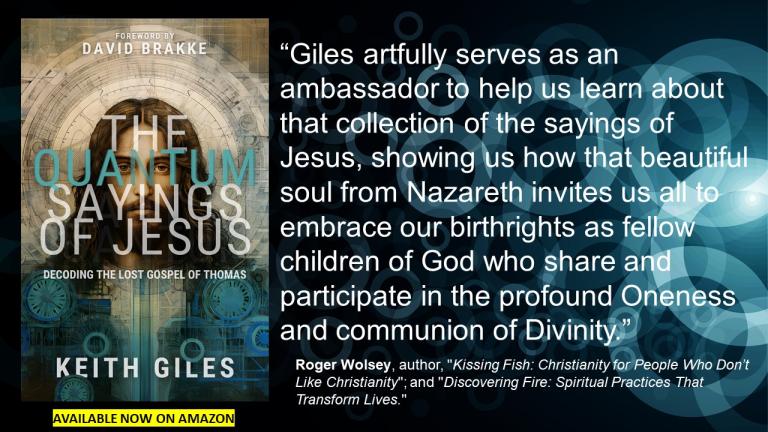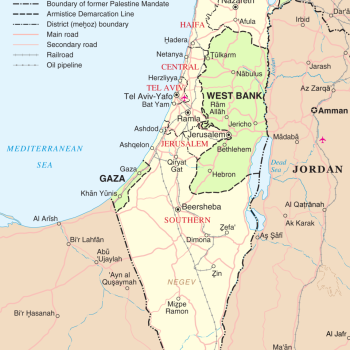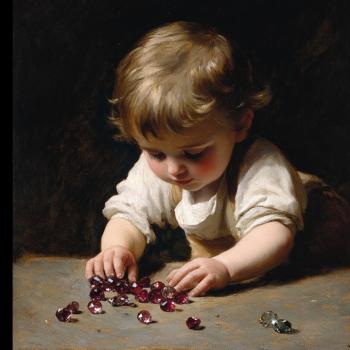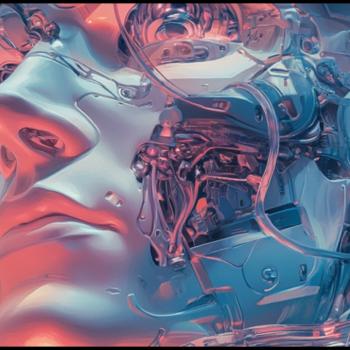
Our Digital Mind and the Evolution of Ideas
We’re living in strange, exciting times. The internet has become an uncontainable beast, a force of culture and communication that’s impossible to ignore.
But more than that, it’s become a space where thoughts gather, where ideas take on lives of their own, and where people connect on levels that, just a few decades ago, would’ve seemed impossible.
Welcome to what we might call the “Noomasphere”—a place where the wisdom and whimsy of the human mind come together online. It’s where internet memes, philosophical reflections, and collective thoughts evolve in a space that’s not just about information but transformation.
So let’s dive into this Noomasphere and explore what it means for us, why it matters, and what happens when ideas collide and take on new lives.
The Roots of the Noomasphere
To understand the Noomasphere, we need to go back a little—to a term you may or may not have heard of: the noosphere. French philosopher Pierre Teilhard de Chardin came up with the term in the early 20th century, and it’s rooted in the Greek word nous, which means “mind” or “intellect.”
De Chardin saw the noosphere as a collective consciousness that we’re all part of. Imagine it like a layer of thought that hovers over the planet—a sort of mental atmosphere that we contribute to and draw from, where our collective knowledge, ideas, and dreams gather.
The noosphere was more of a philosophical idea, a thought experiment on the evolution of humanity and consciousness. But with the advent of the internet, we’ve turned this abstract concept into something tangible. Now, thanks to the web, we can see, interact with, and add to this “mind layer” in real time.
In the digital space, people around the world share their thoughts, dreams, and jokes faster than ever.
And this is where the Noomasphere comes in.
Memes: The DNA of Digital Thought
At the heart of the Noomasphere is a cultural phenomenon that feels as old as the internet itself: memes.
What is a meme, really? It’s an idea in its simplest form. It’s something that resonates so much with people that they feel compelled to share it, adapt it, or build upon it.
In fact, the term “meme” was coined by biologist Richard Dawkins in The Selfish Gene, not as a funny picture with text (though that’s how we know it now) but as a replicating idea.
Dawkins used it to describe cultural elements that spread and evolve, much like genes do.
So memes are the DNA of thought—they’re ideas that survive and adapt based on whether they resonate with us or not.
In the Noomasphere, memes are more than just a joke or a cute cat picture (though those are powerful too); they’re a way we collectively express, evolve, and solidify ideas.
Every time a meme takes off, it’s like the Noomasphere is breathing in the collective sigh of “yes, I feel that.” And as these memes bounce from person to person, they pick up nuances and mutate. They become commentary, they reflect political sentiments, they embody cultural trends. They remind us that ideas are alive.
When a meme resonates, it’s more than funny—it’s an idea that’s struck a chord with the Noomasphere.
The Idea Space: Where Ideas Are Born
Now let’s go deeper. Imagine that, beyond what we say or share online, there’s an entire space—a “realm of ideas,” if you will—where every thought and concept already exists in potential.
Some people call this the Idea Space, a sort of wellspring where every possibility exists, waiting to be drawn out by us.
Think of it as an invisible landscape filled with ideas, ripe for the picking, but only visible to those who pay attention.
Philosophers, writers, and artists have tapped into this space for centuries, but now, with the Noomasphere, more of us have access to it than ever.
What happens when we enter this Idea Space, consciously or unconsciously? We’re creating, connecting, and blending ideas that may never have encountered each other otherwise.
The Noomasphere is a direct extension of this, a kind of online conduit to the Idea Space where people across the globe can tap into thoughts that speak to them. And through this space, ideas don’t just come to life—they evolve, mutate, and adapt to fit the cultures and communities that interact with them.
The Noomasphere as a Collective Mind
Let’s step back for a moment and imagine the Noomasphere as a living ecosystem of thought. In it, communities, forums, and online platforms act as fertile ground where ideas grow, die, or become something altogether new.
This ecosystem is vast and complex, made up of countless contributions from people all over the world, each adding a unique perspective, insight, or creative twist. Every meme, every tweet, every shared post is a part of this bigger picture.
These communities can be places where we feel safe to share, connect, and discover new parts of ourselves. They’re incubators for ideas, where concepts grow and develop, building on each other.
When people gather around shared passions—art, technology, philosophy, social issues—they create something extraordinary. They create a movement, a network of thoughts that feels like a living organism.
And this is what makes the Noomasphere so alive: it’s constantly in motion, changing with every interaction and evolving as we evolve.
The Dark Side of the Noomasphere
But the Noomasphere, like any ecosystem, has its challenges. Ideas can be manipulated, distorted, or used in ways that don’t always serve the greater good. The very same memes that bring us together can also divide us.
Sometimes, misinformation spreads as quickly as truth, and the lines between reality and perception blur. The ideas that flow through the Noomasphere shape how we see the world, and while some help us grow, others can limit or mislead us. When we participate in this space, we need discernment to distinguish what’s helpful from what’s harmful.
There’s also the issue of ownership. In the Noomasphere, who really “owns” an idea? When you share a thought online, it quickly becomes public property. Ideas are no longer confined to their original creator; they belong to everyone, which can be both liberating and challenging.
It’s a reminder that in the Noomasphere, ideas aren’t static or personal; they’re part of something larger than us.
Why the Noomasphere Matters
So why does all this matter? Because the Noomasphere isn’t just about funny memes or deep philosophical discussions—it’s a reflection of our collective mind.
It’s where our ideas live, where they grow, and where they influence each other in ways that affect how we see the world and ourselves. It’s a reminder that we’re not isolated thinkers but part of a much larger, ever-evolving web of thought.
In this space, we’re connected by something bigger than ourselves. The Noomasphere is where we dream, where we express, where we challenge each other. It’s where ideas become more than just personal thoughts—they become part of a shared story, a story that each of us adds to every day. And in that shared story, we find a piece of ourselves, a reminder of our humanity, and the realization that maybe, just maybe, we’re more connected than we ever knew.
In the Noomasphere, ideas are living things. They grow and evolve, just like we do, shaped by every voice that dares to speak, every thought that dares to be shared.
So next time you post, share, or like, remember—you’re part of something much bigger than yourself.
Welcome to the Noomasphere.
**

The newest book from Keith Giles, “The Quantum Sayings of Jesus: Decoding the Lost Gospel of Thomas” is available now on Amazon. Order HERE>
Keith Giles is the best-selling author of the Jesus Un series. He has appeared on CNN, USA Today, BuzzFeed, and John Fugelsang’s “Tell Me Everything.”
He co-hosts The Heretic Happy Hour Podcast and his solo podcast, Second Cup With Keith which are both available on Spotify, Amazon, Apple, Podbean or wherever you find your podcast fix.

















